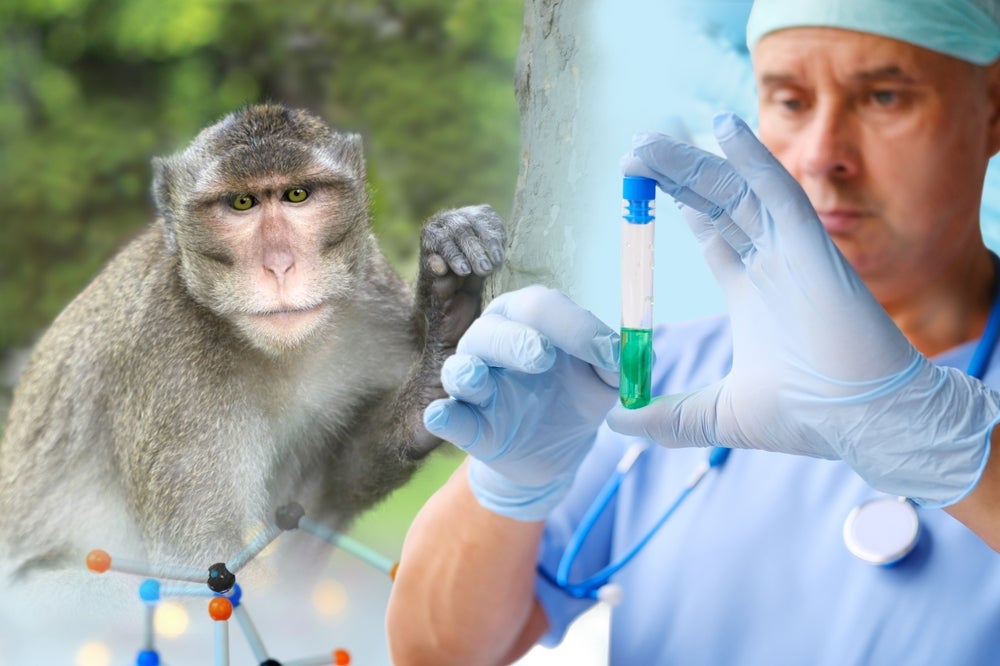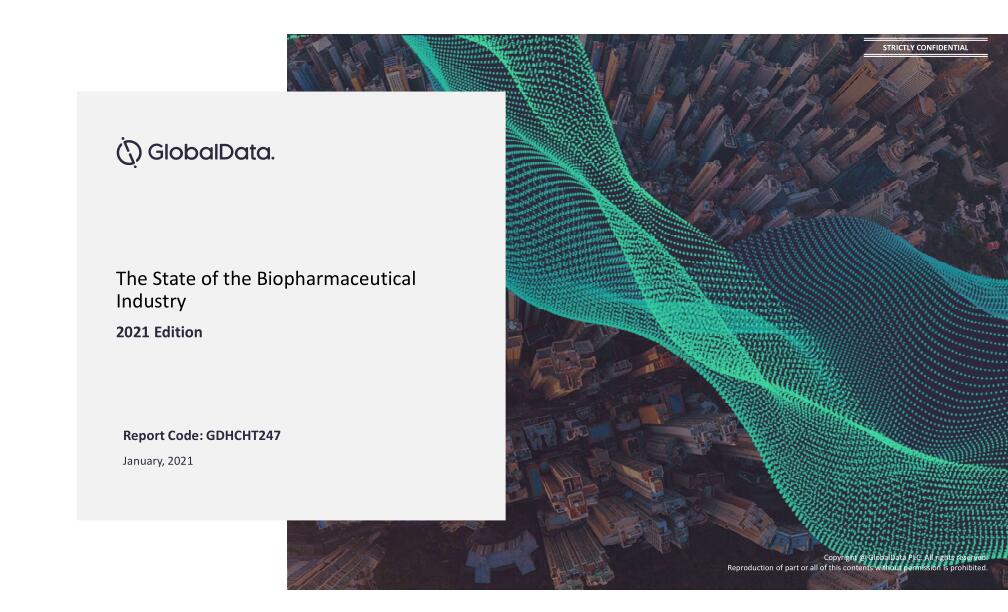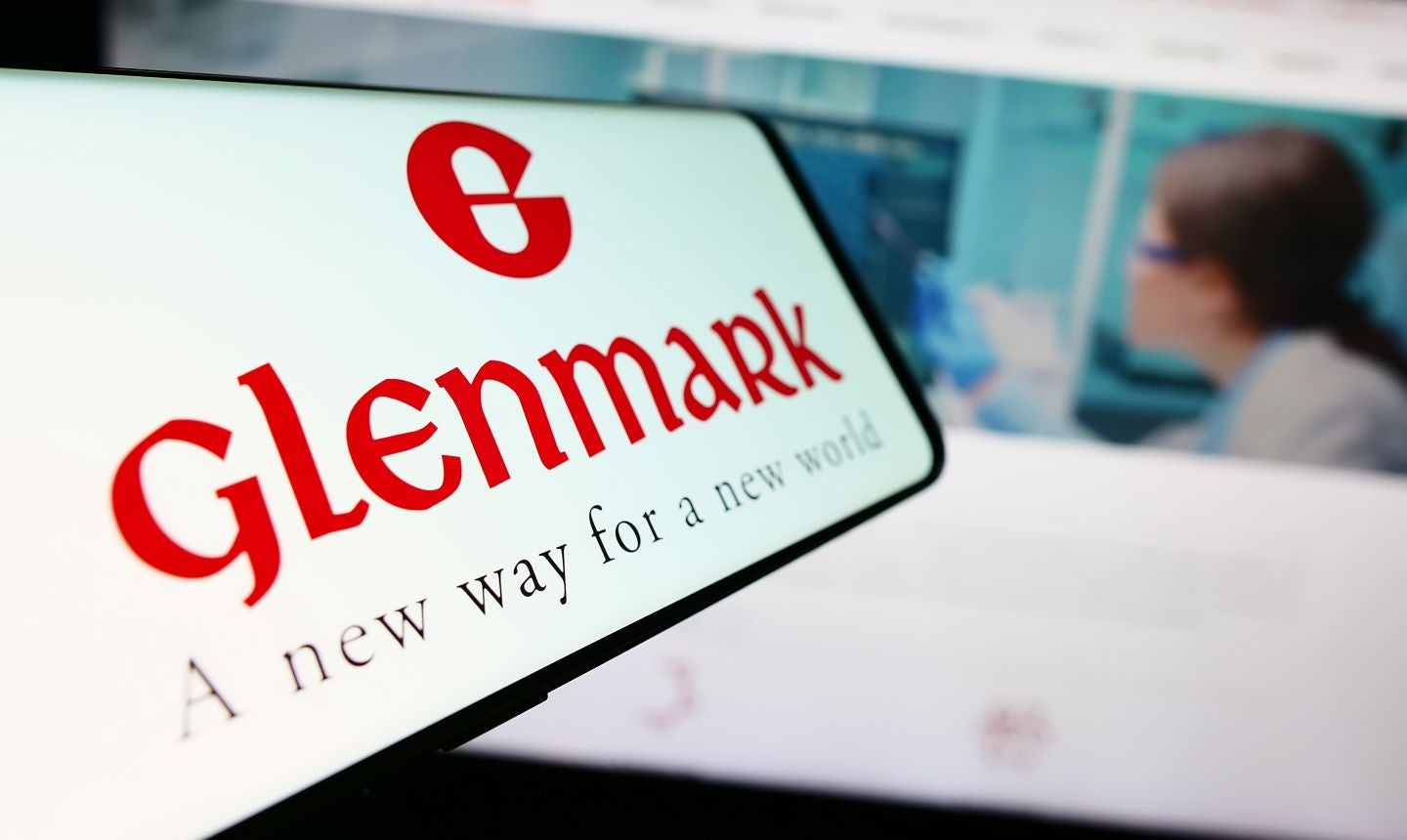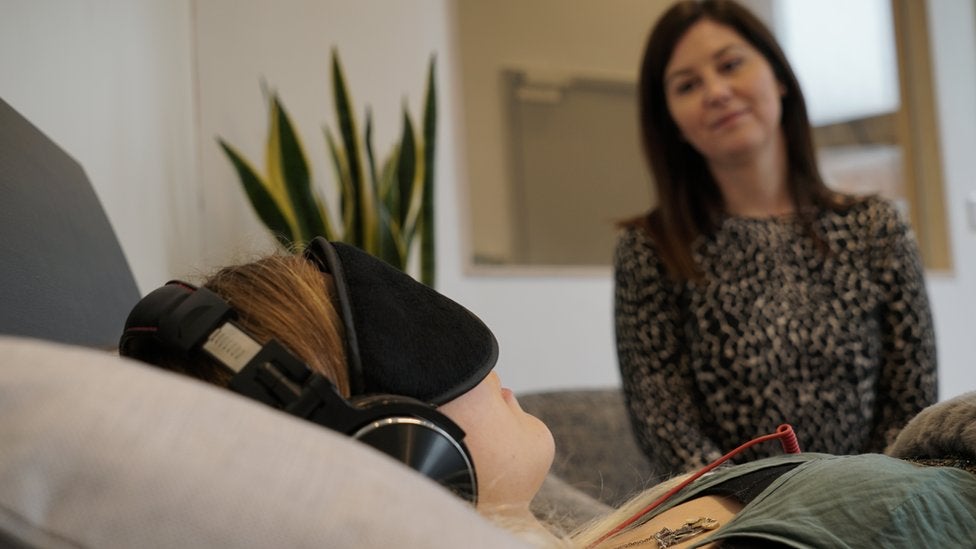Primate models in pharma: What the future holds
Federal agencies in the US, Europe, and elsewhere are regulating the use of primate models in the backdrop of recent controversies.

Pharmaceutical research has long relied on non-human primate models for early-stage discoveries, but their use continues to cause controversy.
In February, Massachusetts-based Charles River Laboratories, the second-largest importer of nonhuman primates into the US, was served a subpoena by the US Department of Justice regarding the company’s import of wild long-tailed macaques from Cambodia. This was part of an investigation into an international primate smuggling ring.
Globally, non-human primates make up a relatively small percentage of the animals used in research. In 2021, they accounted for 0.2% of animal testing in the UK and around 0.5% in the US. However, according to the US Food and Drug Administration (FDA), non-human primates are still the most scientifically relevant large model to test biologic drugs for safety. The Association of the British Pharmaceutical Industry (ABPI) also states that “the use of animals in medical research has played and continues to play an essential role in the development of new medicines and vaccines”.
The topic of animal testing remains a fiercely contentious topic in the public eye. While multiple testing labs that use non-human primates for research were contacted for this article, all declined to comment amidst the most recent news coverage.
Current regulations for preclinical research
In the UK, current regulation requires that all new medicines and vaccines be tested on animal models in preclinical studies, before being tested in humans in clinical trials. This is to ensure patient safety, as outlined in The Medicines for Human Use (Clinical Trials) Regulations 2004.
The welfare of animals used in scientific procedures is also heavily regulated in the UK with a commitment to the replacement, reduction and refinement (3Rs) of animals in research. The Animals (Scientific Procedures) Act 1986 (ASPA) stipulates that animals, including non-human primates, are only used in research when other methods are not sufficient to obtain the necessary information.
The UK’s National Centre for the Replacement, Refinement and Reduction of Animals in Research or NC3Rs has worked with the pharmaceutical industry, researchers and regulators to develop guidance on several related issues in line with its objectives. These include guidelines on good primate housing systems, minimising non-human primate use in drug development, and generating evidence in areas to refine non-human primate vaccine studies.
A spokesperson for the ABPI says the organisation has had a long-standing partnership with the NC3Rs, with active collaborations between ABPI member companies and the wider research community: “In addition to these collaborative projects, the pharmaceutical industry is actively putting 3Rs into practice and playing their role in expediting the phase-in of non-animal approaches in drug discovery and development. Companies have dedicated teams that research, develop and employ where appropriate non-animal models for safety assessment, including surrogate molecules, computer simulation, organ-on-chip, organoids and 3D bioprinting.”
However, critics like Jarrod Bailey, science director at Animal Free Research UK, say a greater shift towards non-animal models needs to happen sooner rather than later.
“Already, [non-animal models] are assisting greatly in the repurposing of existing drugs,” he says. “We appreciate that stakeholders, including pharma companies and regulators, need to have confidence in these new methods, and that the transition process will take some time, probably involving concurrent submission of data from New Approach Methods (NAMs)-based tests – but this process should begin immediately.”
However, the ABPI counters that to successfully phase out the use of animals in research, the industry must ensure there are validated alternatives. These must generate the right evidence and demonstrate to regulators that a new medicine or vaccine is safe to be tested in humans: “There is a lack of evidence on suitable alternatives and variable confidence in whether regulators would accept this new type of data, ” said the ABPI spokesperson.
Bailey suggests that human-specific research techniques, such as the use of advanced human cell and tissue cultures like organoids and organ-on-a-chip methods (known as NAMs) are more human-relevant and superior – especially used in combination with clinical research and computational methods.
However, the ABPI spokesperson claims that “Non-human primates’ genetic closeness to humans has advanced our understanding of biology, health, and disease in neuroscience and in the development of treatments and vaccines against Covid-19.”
Regulatory changes
The ABPI spokesperson adds that the UK is seeing some changes towards more innovative approaches to regulation. For example, in 2021 the Medicines and Healthcare products Regulatory Agency (MHRA) published its first comprehensive guideline on biosimilars, which provided clear recommendations onthe requirements for animal and clinical efficacy studies. It stated that in vivo animal studies were not necessary for showing comparability between a biosimilar candidate and its reference medicinal product.
This approach to more pragmatic regulation is also trending globally. The ABPI points to the FDA in the US as an example. The FDA’s Modernization Act 2.0 also lowers the barriers to the use of non-animal methodologies.
The International Council for Harmonisation of Technical Requirements for Pharmaceuticals for Human Use has also published guidelines on nonclinical safety testing in support of development of paediatric medicines. These aim to minimise the unnecessary use of animals, whilst maintaining scientific integrity.
The future for non-human primate testing
Bailey claims the evidence for human-focused testing methods is becoming “not just formidable, but irresistible”.
However, the ABPI is more cautious. Their spokesperson had this to say, “Patient safety is the priority for pharmaceutical companies and regulators, and until there are validated non-animal alternatives that ensure patient safety of a new drug or vaccine, animal studies will continue to be the gold standard for preclinical studies.”
Governments, industry, researchers, and regulators must continue to work together to support efforts in this arena to ensure that the right evidence and regulatory frameworks are in place for progress to be made.
What's Your Reaction?


































